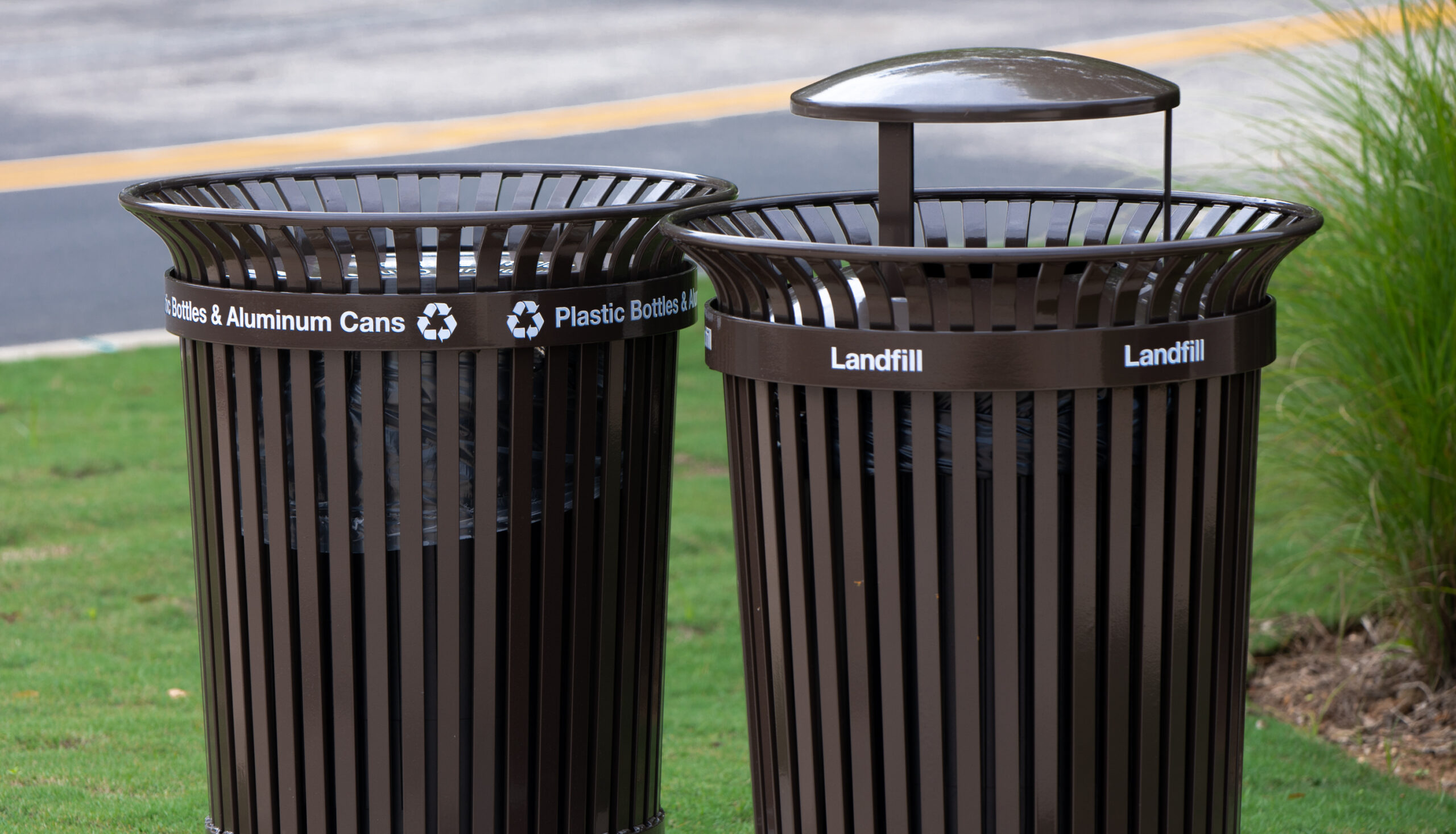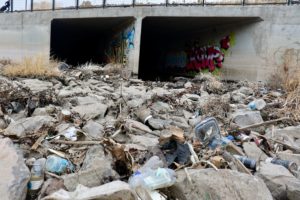News & Updates
The Case to Properly Dispose of Household Waste


Waste is now polluting all aspects of our environment: the water we drink, the food we eat, and the air we breathe. Scientists have found microplastics in the most remote places on earth, from the snow in Antarctica to the sand in the Sahara Desert. On average, Americans create approximately 4.9 pounds of trash per person, per day.

The Leave No Trace principle “Dispose of Waste Properly”, is a vital concept for environmental stewardship whether in the wilderness or in your neighborhood. The next generation will be tasked with handling the immense amounts of trash that continues to accumulate.
The disposal of trash, usually in a landfill or through incineration, releases greenhouse gases and toxic chemicals into the atmosphere, nearby bodies of water and groundwater, and the soil. Of all the items thrown away, about 53% is sent to a landfill. The rest is recycled, composted, or combusted for energy. Ideally, we should be working to divert much more of our waste from landfills, as much of what ends up there can be repaired, repurposed, recycled, or composted. Unless we challenge the waste disposal systems in our homes and communities by making personal changes and lobbying for new infrastructure such as community composting, this reality will not change.
San Francisco is one city leading the way in landfill diversion. The city was the first to implement policies that require composting and recycling, in addition to banning materials like plastic grocery bags and Styrofoam takeout containers. Other cities are on similar trajectories such as Boulder, Colorado and Austin, Texas. Even New York City has begun its transition to zero waste. As cities prioritize creating zero waste systems, garbage, recycling, and industrial composting infrastructure will continue to improve and these projects can act as models for other communities.
When China announced that it would stop importing recyclable materials such as plastic from the U.S. and Europe, it sent ripples through the global recycling market. Taken together with a lack of recycling infrastructure in many areas of the U.S., it’s imperative to ensure you’re disposing of your recyclables properly. Recycling contamination, which occurs when non-recyclable materials are mixed in with recyclable items, ruins approximately 25% of recycled materials. Contamination wastes tons of valuable materials every year and it can be extremely costly to recycling facilities as workers must mitigate further contamination and damage to equipment.
 We can avoid these impacts by learning all we can about our community’s available waste infrastructure. Diverting as much of our household waste from landfills as possible through recycling and composting is essential and personal actions can have a significant positive and cumulative impact on the environment. Additionally, calling these issues to the attention of neighbors and friends, as well as your community leaders, can lead to long-lasting improvements. By properly disposing of household waste, you are doing your part in minimizing waste’s harmful impacts and building a more circular economy.
We can avoid these impacts by learning all we can about our community’s available waste infrastructure. Diverting as much of our household waste from landfills as possible through recycling and composting is essential and personal actions can have a significant positive and cumulative impact on the environment. Additionally, calling these issues to the attention of neighbors and friends, as well as your community leaders, can lead to long-lasting improvements. By properly disposing of household waste, you are doing your part in minimizing waste’s harmful impacts and building a more circular economy.
Let’s protect and enjoy our natural world together
Get the latest in Leave No Trace eNews in your inbox so you can stay informed and involved.
